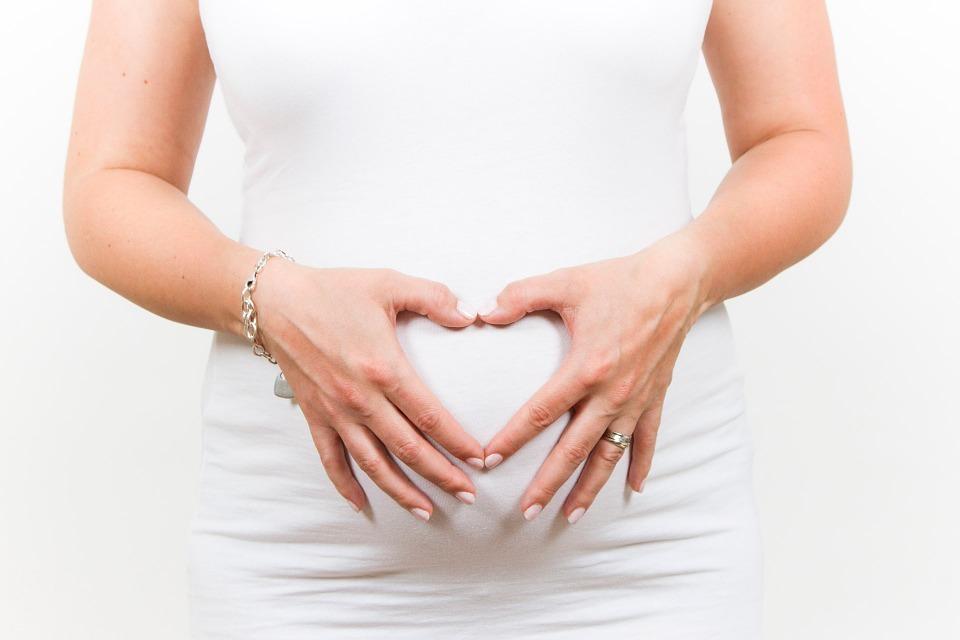The annual UNSW IVF report has revealed that IVF success rates have improved significantly over the last 10 years, especially in older women.
The live birth rate per initiated IVF cycle in women using their own eggs has increased by 18% overall, with even steeper improvements in older age groups.
“For example, in women aged 35-39, the live birth rate per cycle started has increased from 19% to 23%, representing a 20% relative increase in success rates,” says Professor Georgina Chambers, the lead author of UNSW’s Assisted Reproductive Technology in Australia and New Zealand 2019 (ANZARD) report.
“And in those aged 40-44, the live birth rate has increased to 10%, representing a 27% increase in success rates over the last 10 years.”
The ANZARD report is funded by the Fertility Society of Australia and New Zealand (FSANZ) and contains data from all 95 IVF clinics operating in the two countries.
In 2019 – the most recent year for which data are available – there were 16,310 babies born through IVF treatment performed in Australia and New Zealand. There were 88,929 initiated IVF cycles in 2019, a 6.2% increase on 2018 in Australia.
Not all cycles reach embryo transfer, but of those that do, we also see significant improvements.
The overall live birth rate per embryo transfer has increased from 22% in 2010 to 28% in 2019. It was higher in younger women – the live birth rate per embryo transfer was 35.1% for fresh cycles and 34.1% for thaw cycles in women aged between 30 and 34 years, whereas in women older than 44 years, the live birth rate per embryo transfer was 1.7% for fresh cycles and 9.2% for thaw cycles.
Dr Petra Wale, a senior embryologist and Vice President of the Fertility Society of Australia and New Zealand says “The improved success rates are due to many factors, including advancements in laboratory techniques and improvements in the overall management of couples experiencing infertility, such as lifestyle interventions, improved diagnostic capabilities, and in some cases surgery prior to IVF.
“Every aspect of an IVF cycle – from ovarian stimulation protocols, the culture media that embryos are grown in, to the selection of the best embryo at optimal stage of development– have seen incremental improvements over the last decade.”
FSANZ President Professor Luk Rombauts says the continual increases in IVF success rates, particularly for women over the age of 35 years, is very pleasing.
“This tells us the laboratory and clinical advancements in ART are paying off for patients. But as this report shows, IVF success rates are still higher for younger women, and to a lesser extent for younger men, so it is important that both men and women are aware of the impact that age has on fertility and that IVF cannot fully overcome infertility due to advancing age.”
Frozen cycles more successful than fresh, twins and triplets rates down
The biggest improvements happened in live birth rates in frozen embryo transfers vs. fresh transfers. There has been a 50% increase over the last decade in the live birth rate per frozen embryo transfer from 20% in 2010 to 30% in 2019. Over the same period the live birth following fresh transfers has increased from 24% to 25%.
Professor Rombauts says there has been a shift from fresh embryo transfer to frozen embryo transfer.
“Doing this allows us to transfer the embryo into the womb when the body is more receptive, and the evolution of rapid freezing techniques – called vitrification – allows us to cryopreserve embryos more effectively than older freezing methods,” he says.
The multiple birth rate in Australia and New Zealand – the proportion of twins and triplets born through IVF – has decreased from 7.9% in 2010 to 2.9% in 2019. This is another decrease from last year’s record low and one of the lowest rates worldwide. This improvement has been driven by the increased proportion of IVF cycles where only a single embryo is transferred, up from 70% in 2010 to 92% in 2019.
“This continuing trend in the very low multiple birth rate is quite extraordinary, and we are really proud that Australia and New Zealand are among the safest countries in the world to have IVF,” says Professor Rombauts.
Earlier this year UNSW developed the YourIVFSuccess.com.au website which includes a Patient Estimator that allows patients to estimate their chances of successfully having a baby using IVF based on their individual characteristics. It also includes a searchable database of the success rates for all accredited IVF clinics in Australia.




